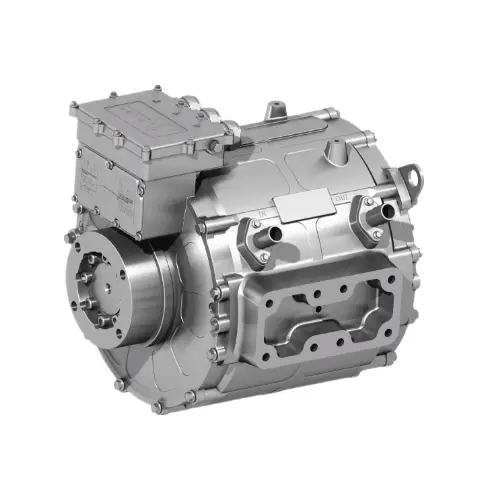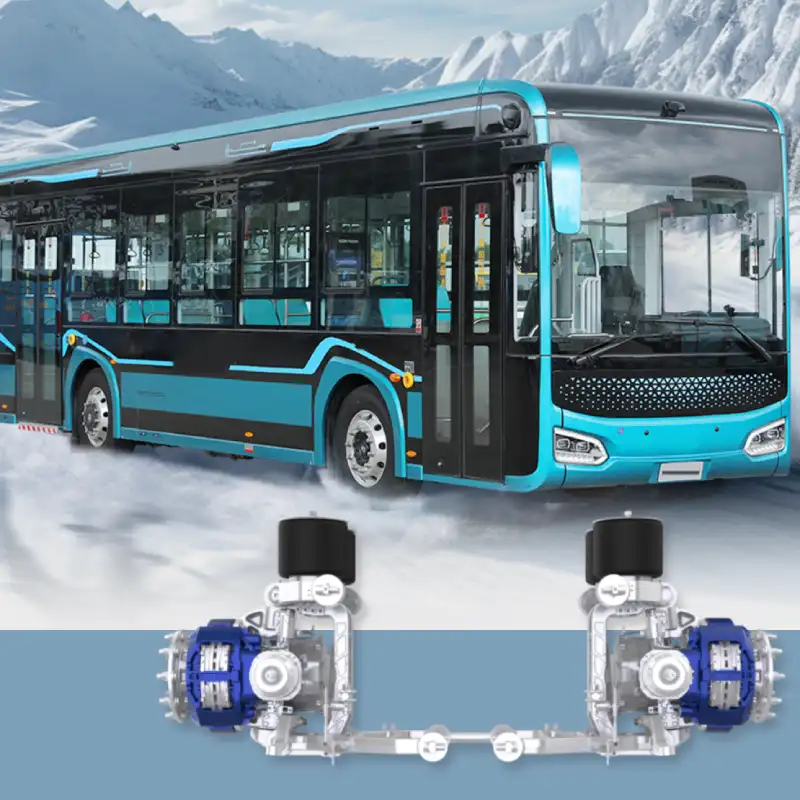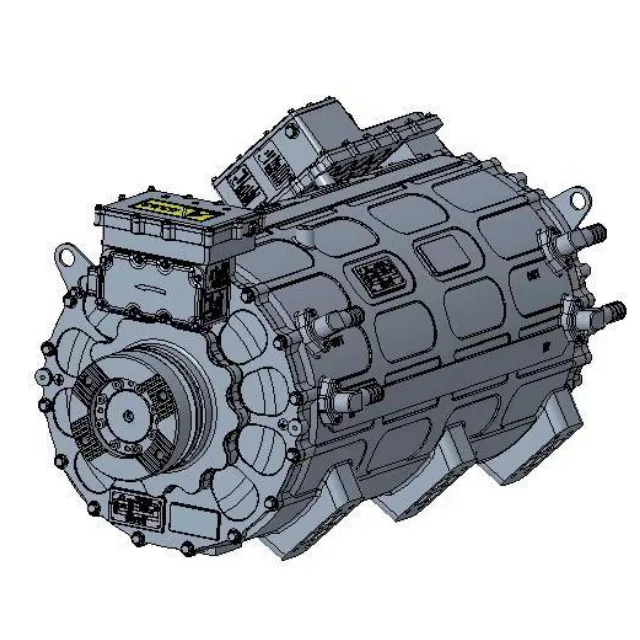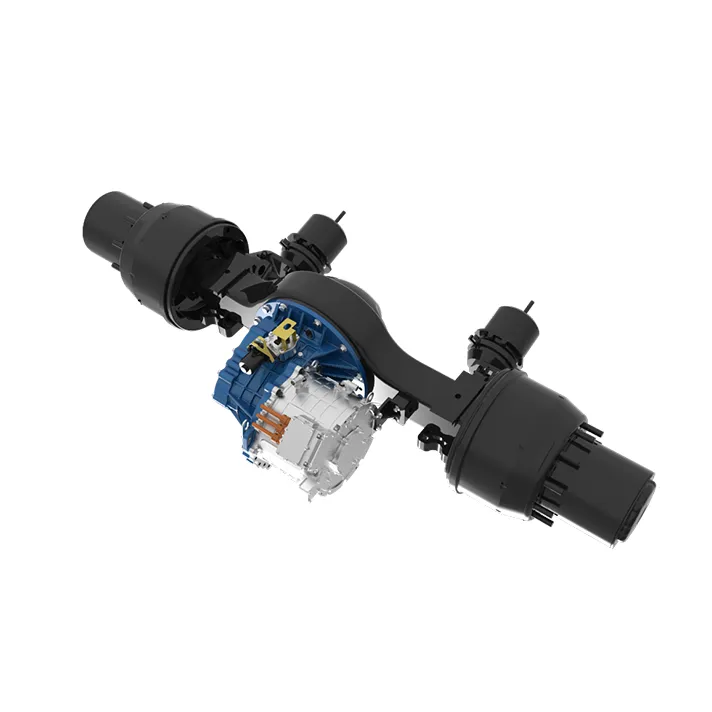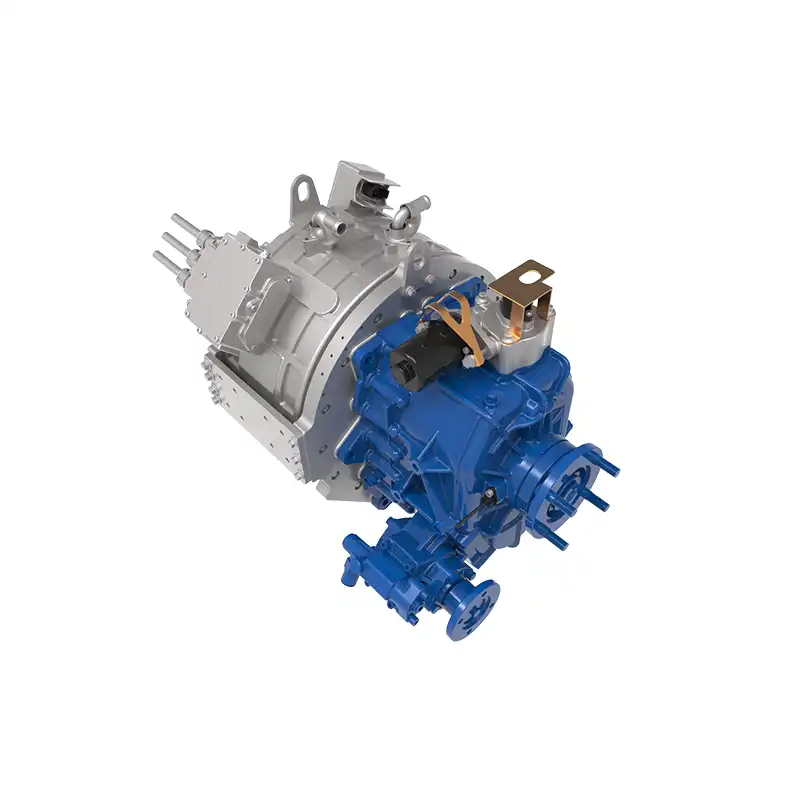Case Study: Customized Autonomous Vehicle Chassis for Agricultural Applications
Case Study: Customized Autonomous Vehicle Chassis for Agricultural Applications Autonomous driving technology is rapidly transforming traditional industries, and agriculture is no exception. At the heart of this transformation lies the Brogen autonomous vehicle chassis, a highly adaptable and production-ready platform designed to meet the unique demands of modern farming. In this case study, we explore how Brogen delivered a tailor-made autonomous vehicle chassis solution, empowering smarter, more efficient farming through innovation in vehicle architecture, systems integration, and rapid deployment. Solving Real-World Challenges in Agricultural Automation Agricultural environments are inherently complex. Unlike predictable urban roads, farmland often features uneven terrain, mud, slopes, and changing weather conditions. To meet these challenges head-on, Brogen’s engineering team worked closely with an autonomous farming vehicle developer to co-create a chassis solution based on our OEW1 platform. Engineering Tailored to the Field After an in-depth analysis of the application environment, we re-engineered key aspects of the autonomous vehicle chassis to support reliable autonomous performance under rugged conditions: Optimized chassis frame for shock resistance and structural rigidity on bumpy soil and inclines Adaptive suspension system to ensure ground contact and ride stability Precision-tuned drive system to handle low-speed torque requirements and variable traction Enhanced sealing and protection against dust, water, and agricultural chemicals These enhancements ensured that the autonomous agricultural vehicle could navigate through farmlands efficiently, safely, and with minimal maintenance. From Concept to Deployment – Fast and Flexible In autonomous vehicle development, project speed and flexibility are often decisive. Brogen’s R&D team, with strong expertise in hardware and embedded software, worked in close coordination with the client’s engineering team to deliver: Rapid prototyping and customization of the chassis hardware Technical support during integration and testing Full-stack support covering vehicle structure, electronics, software, component sourcing, and validation Our streamlined development process enabled the project to move from design to on-field deployment in record time—demonstrating our platform’s strength as a fast-to-deploy, reliable autonomous vehicle chassis for agricultural automation. Real-World Performance The customized OEW1-based agricultural vehicle has now entered active field operation, proving its reliability through extensive testing and real-world performance in diverse agricultural environments. Key benefits delivered to the client include: Reduced labor costs through autonomous operation Improved crop yield and efficiency via consistent vehicle paths and precision control Scalability for different farm sizes and crop types using the same flexible chassis base One-Stop Intelligent Autonomous Vehicle Chassis Development We are more than a chassis supplier—we are a full-scope technology partner. From concept to deployment, we provide end-to-end support for autonomous vehicle builders: Full autonomous vehicle structure and electrical system design Embedded software development Component sourcing and material selection Testing, certification, and validation Manufacturing and system integration With our customized development services, clients gain access to robust, production-ready intelligent chassis platforms that allow them to stay ahead in a rapidly evolving autonomous driving industry. Proven Use Cases Across Industries Brogen chassis-based autonomous vehicles have demonstrated outstanding performance in a wide range of real-world scenarios: At a major courier hub, autonomous delivery vehicles run day and night between communities, with peak daily delivery volumes exceeding 14,000 parcels—3.6x more efficient than human couriers. A retail chain’s restocking fleet reduced fresh food loss to just 8% using ultra-efficient autonomous vehicles. In an international supply chain upgrade project, OEW7-powered vehicles are supporting a leading Asian retail group’s automated warehouse operations. Other Solutions – OEW7 Platform Highlights OEW7 is a next-generation, modular autonomous vehicle chassis solution designed for low- and medium-speed mobility across logistics, agriculture, retail, sanitation, and factory automation. Built around a scalable skateboard architecture, it empowers OEMs and solution providers to launch new vehicle applications within just 30 days—a 75% reduction in development time compared to traditional approaches. Technical Highlights: Max Speed: 40 km/h (adjustable) Max Gradeability: 20% Payload Capacity: 1000 kg CAN 2.0 Control Interface Operating Temperature: -30°C to 60°C EMC-compliant Fast-charging capable (complies with national standards) Smart Operations: OTA (Over-the-Air) updates Remote diagnostics Real-time global data feedback and monitoring Reliability: Validated through 10,000 km of reinforced rough-road testing EMC automotive-grade compliance TÜV Rheinland “Low-Speed Autonomous Driving Performance” China-Mark certified Performance: Drive-by-wire system response time: <100 ms Includes single-wheel anti-slip escape, 4-wheel speed sensors, and TPMS Redundant control and an intelligent thermal battery management system Looking to accelerate your autonomous vehicle project? Learn more here to explore customized autonomous vehicle chassis solutions: https://brogenevsolution.com/autonomous-vehicle-chassis/ You can also contact us via contact@BrogenEVSolution.com or use the contact form below. We usually respond within 2 business days. Contact Us Get in touch with us by sending us an email, using the Whatsapp number below, or filling in the form below. We usually reply within 2 business days. Email: contact@brogenevsolution.com Respond within 1 business day Whatsapp: +8619352173376 Business hours: 9 am to 6 pm, GMT+8, Mon. to Fri. LinkedIn channel Follow us for regular updates > YouTube channel Ev systems introduction & industry insights > ContactFill in the form and we will get in touch with you within 2 business days.Please enable JavaScript in your browser to complete this form.Please enable JavaScript in your browser to complete this form. Name * FirstLast Work Email *Company Name *Your Project Type *– Please select –Car, SUV, MPVBus, coach, trainLCV (pickup truck, light-duty truck, etc.)HCV (heavy-duty truck, tractor, trailer, concrete mixer, etc.)Construction machinery (excavator, forklift, crane, bulldozer, loader, etc.)Vessel, boat, ship, yacht, etc.Others (please write it in the note)Your Interested Solutions *– Please select –Motore-AxleBatteryChassisAuxiliary inverterOBC / DCDC / PDUAir brake compressorEPS / EHPS / SbW / eRCBBTMSOthers (please write it in the note)Do you have other contact info? (Whatsapp, Wechat, Skype, etc.)Please introduce your project and your request here. * Checkbox * I consent to receive updates on products and events from Brogen, and give consent based on Brogen’s Privacy Policy. Submit


